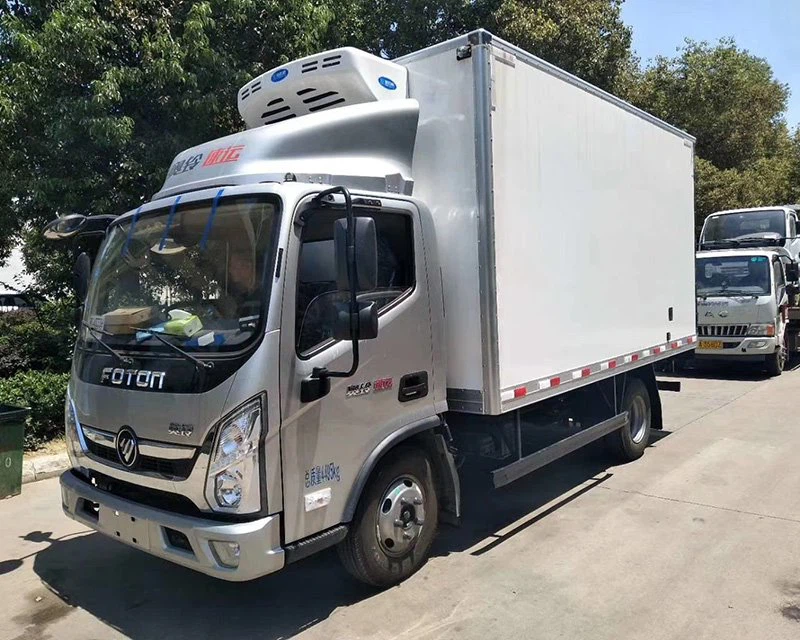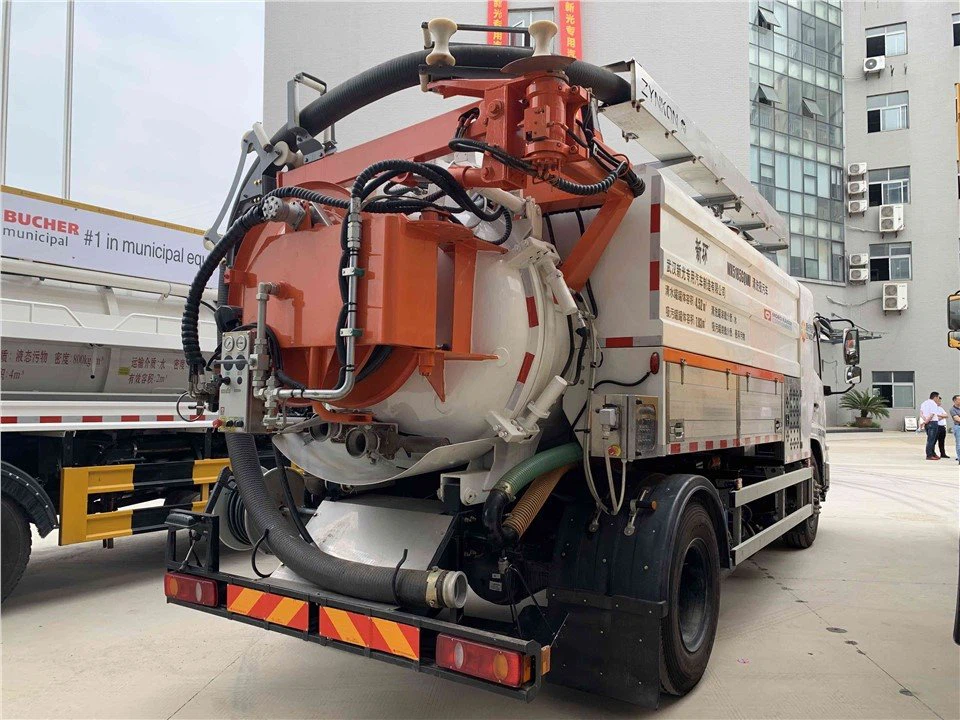Understanding ASL Trash Trucks: A Comprehensive Guide

Introduction
In today’s world, waste management plays a critical role in maintaining clean and healthy communities. One common sight in urban environments is the trash truck, which is often operated by individuals who use American Sign Language (ASL) to communicate. This article explores the concept of ASL trash trucks, delving into their operations, importance, and how they contribute to waste management while providing insights for those interested in the field.
What is an ASL Trash Truck?
Definition and Overview
An ASL trash truck refers to a refuse collection vehicle operated where American Sign Language is used for communication. This typically includes environments where deaf or hard-of-hearing individuals are employed, ensuring effective communication within the crew and with the public.
The Role of Trash Trucks in Community Maintenance
Trash trucks serve a vital function in community hygiene and sustainability. They collect waste from residential and commercial areas, ensuring that trash does not accumulate and create health hazards. The operation of these trucks involves a systematic schedule, allowing for regular pickups to maintain cleanliness.
The Importance of Using ASL in Waste Management
Promoting Inclusion in the Workforce
Using ASL in trash truck operations promotes inclusivity, allowing deaf and hard-of-hearing individuals to participate fully in the workforce. It fosters an environment where everyone can contribute, enhancing team dynamics and community engagement.
Effective Communication on the Job

Communication is key in any workforce. In a setting with trash trucks, using ASL can ensure that all crew members understand their responsibilities and safety protocols. This is particularly crucial when operating heavy machinery and ensuring safety on the road.
How ASL Trash Trucks Operate
Daily Operations of Trash Trucks
Daily trash collection typically follows a routine schedule. Trash trucks are equipped to handle various types of waste, and operators are trained to navigate routes efficiently. The operation includes:
- Scheduled pickup times
- Route optimization
- Safety checks of both the vehicle and equipment
- Compliance with local waste management regulations
Training and Integration of Staff
Training staff in ASL and waste management practices is crucial for effective operations. Programs may include:
- Basic ASL courses for hearing staff
- Safety training tailored to use ASL
- Workshops on waste management policies and procedures
The Technology Behind Trash Trucks

Modern Features of Trash Trucks
Modern trash trucks are equipped with advanced technology to enhance efficiency:
- GPS Navigation: Helps drivers follow optimal routes, reducing fuel consumption and improving time management.
- Automated Lifting Systems: Reduces physical strain by automating the lifting of heavy bins.
- Communication Devices: Tools that integrate ASL for better interaction between drivers and ground crew.
Environmental Considerations
With growing concerns about sustainability, many cities are investing in eco-friendly trash trucks that focus on reducing emissions and promoting recycling. Examples include:
| Type of Truck | Emissions Rating | Recycling Capability |
|---|---|---|
| Compressed Natural Gas (CNG) | Low | Yes |
| Electric Trucks | Zero | Yes |
Practical Tips for Managing ASL Trash Truck Operations
Enhancing Team Communication
To ensure effective communication within the team, consider implementing the following tips:
- Regular ASL training sessions
- Use visual aids and signals for operational instructions
- Encourage open discussions about communication barriers and solutions
Safety Protocols for Trash Truck Operations
Safety is paramount in trash truck operations. Adopting comprehensive safety protocols can help minimize accidents:
- Conduct routine vehicle maintenance checks
- Implement safety gear usage policies (gloves, helmets, etc.)
- Instill the importance of using hand signals in addition to verbal communication
Challenges Faced by ASL Trash Truck Operators
Communication Barriers
Despite the advantages of ASL, there can still be challenges. For instance, hearing individuals may struggle to learn sign language, potentially leading to miscommunication during operations.
Public Awareness and Engagement
There may be a lack of understanding among the public about the role of ASL in waste management. Educating the community can help enhance cooperation during trash collection.
Community Impact of ASL Trash Truck Operations
Building Relationships with the Community
ASL trash trucks foster relationships between operators and the community, particularly in deaf and hard-of-hearing neighborhoods. Engaging the community can lead to:
- Increased awareness about waste disposal
- Enhanced community pride in cleanliness
- Strengthened community ties through shared initiatives
Promoting Environmental Awareness
Through community engagement, ASL trash truck operations can promote environmental awareness, encouraging proper waste disposal and recycling habits.
Frequently Asked Questions (FAQ)

1. Why are ASL trash trucks important?
ASL trash trucks are important because they promote inclusivity in the workforce, allowing deaf and hard-of-hearing individuals to participate fully in waste management operations.
2. How do ASL trash truck operators communicate?
ASL trash truck operators communicate using American Sign Language, ensuring effective interactions among team members and with the public.
3. What types of waste do trash trucks collect?
Trash trucks generally collect residential and commercial waste, including organic waste, recyclables, and bulky items, depending on local regulations.
4. What advancements have been made in trash truck technology?
Advancements include GPS navigation systems, automated lifting mechanisms, and eco-friendly models such as CNG and electric trucks.
5. How can communities support ASL trash truck operations?
Communities can support ASL trash truck operations by raising awareness, understanding ASL, and encouraging responsible waste disposal and recycling practices.
6. What challenges do ASL trash truck operators face?
Challenges include communication barriers, public awareness issues, and the need for regular training in ASL among all team members.
